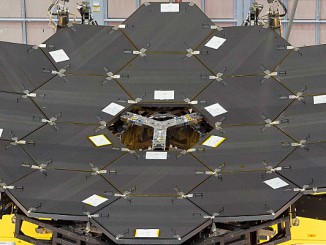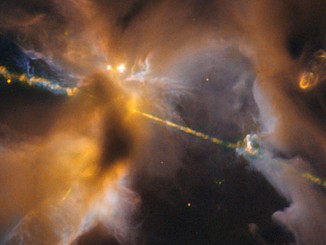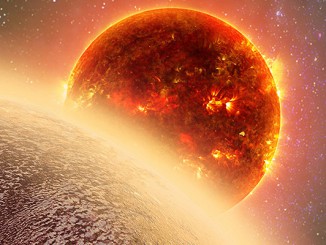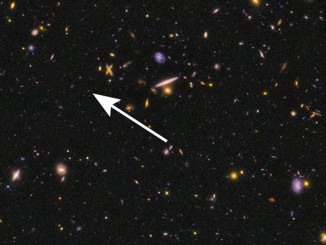
James Webb Space Telescope primary mirror fully assembled
The final primary mirror segment is installed on NASA’s James Webb Space Telescope. Once in space and fully deployed, the 18 hexagonal-shaped mirror segments will work together as one large 6.5-metre mirror. The crowning mirror installation marks an important milestone in the assembly of what will be the biggest and most powerful space telescope ever launched.





